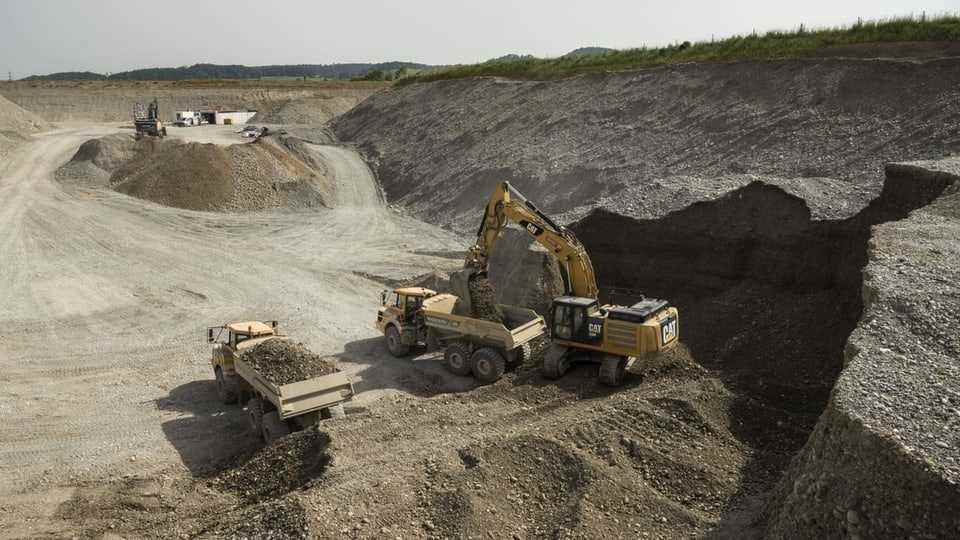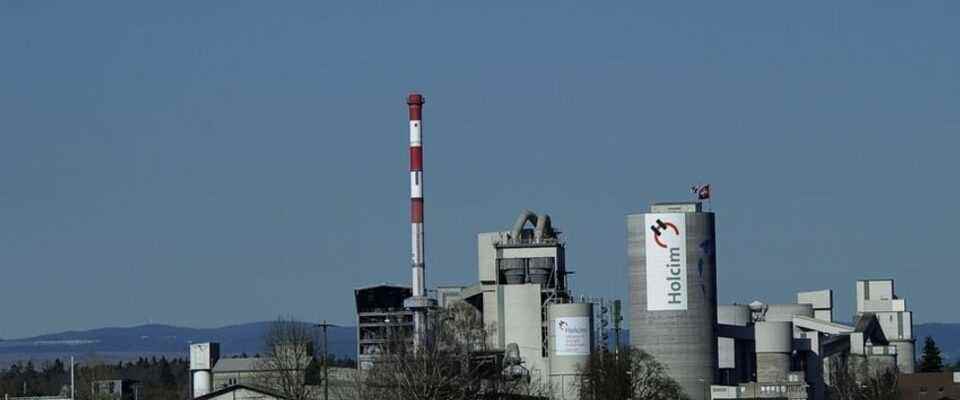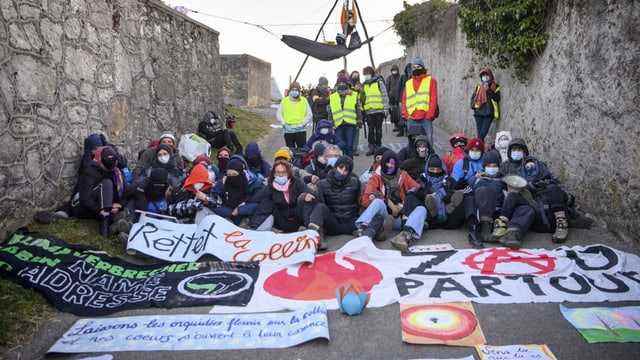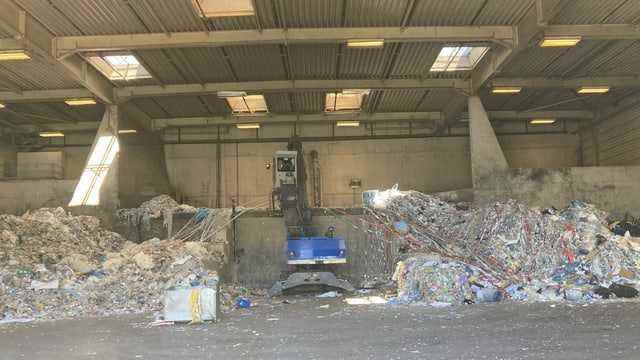contents
Cement and concrete are indispensable in construction, but their production pollutes the environment. Holcim now wants to improve.
Concrete: According to a survey by the Builders’ Association, it is still the most important and most used building material in Switzerland. The artificial stone consists of sand and gravel, water and cement – the most important component. Most of the cement used in Switzerland is also produced here.
The cement industry is one of the biggest climate sinners in the world. In Switzerland it is responsible for around five percent of CO2 emissions, in Aargau it is even 25 percent, i.e. a quarter of emissions. There are two cement factories in the canton, owned by Holcim and Jura Cement.
Legend:
The Holcim cement plant in Siggenthal is one of the largest CO2 producers in Aargau. By 2030, the group’s emissions are to be reduced by 20 percent. (recording from 2012)
key stone
The Swiss cement industry now wants to be climate-neutral by 2050 – including Holcim, one of the world’s largest cement companies. By then, all building materials produced by Holcim should be fully recyclable. The interim goal is to reduce emissions by 20 percent by 2030. How the company intends to achieve climate neutrality was announced at the plant in Siggenthal, Aargau, where Holcim produces 900,000 tons of cement annually. It is one of around 55 locations with cement, concrete or gravel plants.
Eco cement and sustainability
Holcim wants to become more climate-friendly and sustainable in production, but also in logistics, explains CEO Simon Kronenberg. In the case of transport, these are electric vehicles, for example. They also want to produce more renewable energy – solar energy or electricity from waste heat – and promote biodiversity – renaturation of quarries. Holcim cannot yet quantify the costs of its own climate neutrality.

Legend:
Stone from pits and quarries is required for the production of concrete and cement. In the “eco-variants” materials are used that are produced when old buildings are demolished.
key stone
The world’s first “eco-cement” should help. This consists of 20 percent dismantling material – i.e. processed materials from the demolition of buildings. However, this resource-saving cement only makes up a small part of the range, as does concrete with recycled rock. For both products, the share is expected to increase to around a third by 2030.
Holcim CEO Kronenberg is also optimistic that in a few years his company will have a process in place to capture, store or utilize CO2. Recycled concrete made from “carbonated aggregate” is already available today. Gaseous carbon dioxide is fed into demolition material and this is used for the production of concrete.
What use are these measures?
Are Holcim’s announcements more than just words? SRF science editor Christian von Burg says: “It is remarkable that Holcim sets itself binding, measurable goals. One thing is clear: the problem of CO2 emissions is very large and must be addressed.”
In order to be CO2-free by 2050, as announced, Holcim would have to store very large amounts of CO2 in the ground abroad. The Swiss waste incineration plants also follow this approach. The carbon dioxide is to be cut off and stored underground.
However, it is better to produce fewer emissions than to dispose of CO2 at great expense by using less cement and concrete, says science editor von Burg. If possible, concrete should only be used where it is absolutely necessary – for foundations, for example. The rest of the building could be made of wood. This would avoid CO2 emissions from concrete and only use the CO2 bound in the wood.


